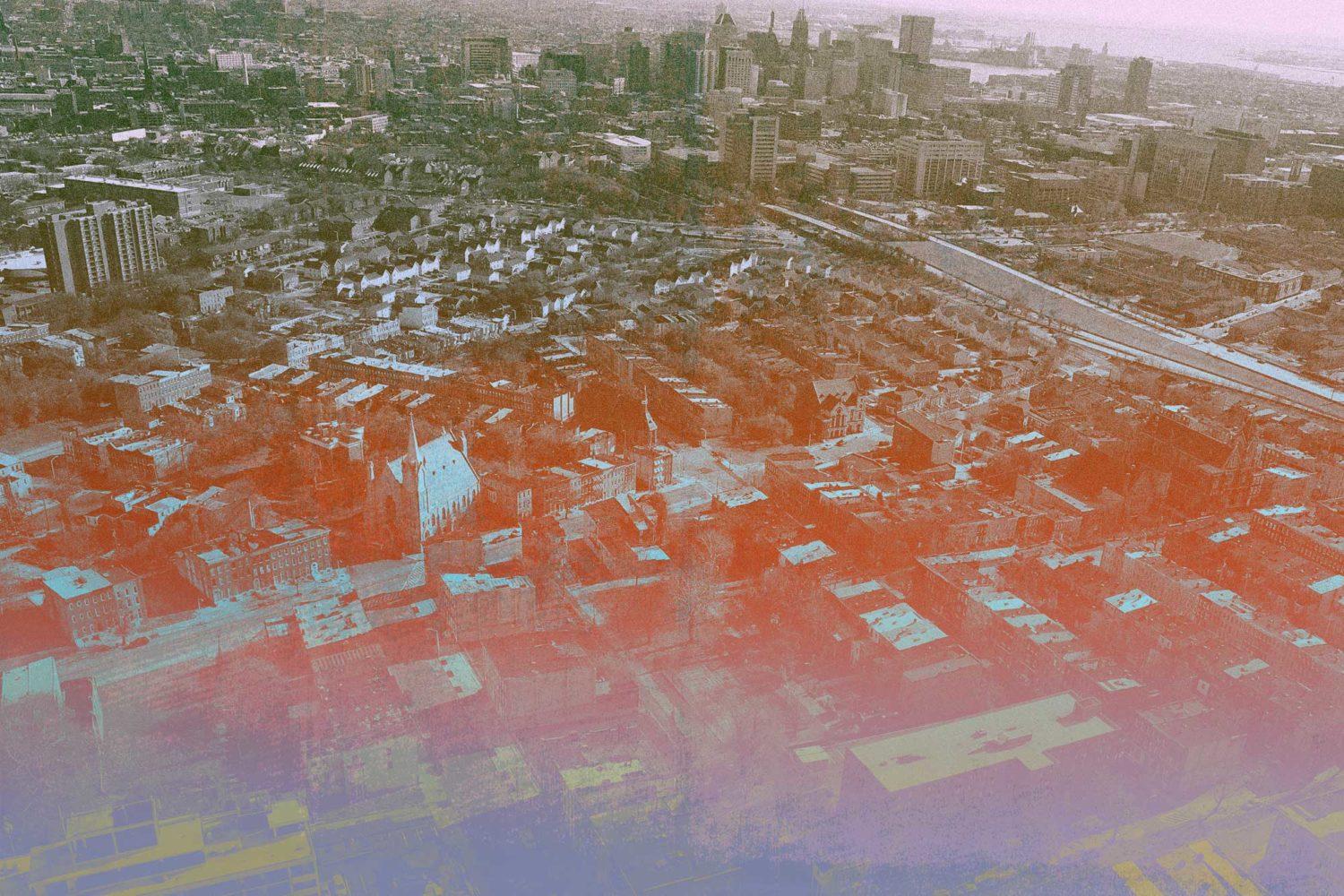Baltimore’s Gun Offender Registry Is A Misfire
Established to track anyone convicted of a gun-related offense, the registry has proved to be both racist and ineffective in reducing gun violence.

In October 2007, then Baltimore Mayor Sheila Dixon established a gun offender registry to help combat violence. “I want to make Baltimore the toughest place in the country on gun crimes,” Dixon said when the registry was signed into law.
But over a decade after it was created, the registry has proved to be ineffective in reducing gun violence, extremely punitive, racist, and perhaps even unconstitutional.
The Baltimore registry was modeled on a similar database created by New York City in 2006, the first in the country. It works like this: Anyone convicted of at least one gun-related offense—including nonviolent misdemeanors—in Baltimore’s Circuit or District Court is required to register their name and address with the city’s police department. Then, they must check in with the police every six months for three years and update the required information as needed.
Those sentenced to prison on a gun-related offense have 48 hours upon release to register. Failure to comply with these conditions can result in arrest and prosecution, with possible punishment of a year in jail and/or a $1,000 fine.
Notifications about gun offenders are made to community leaders and to police districts. The registry is also accessible to the public on Baltimore’s Open Data website, displaying the name, address and date of birth of the registrant.
In 2012, when I was a patrol officer in the Baltimore Police Department’s Northern District, I was provided with a list of names and addresses of registrants who resided on my patrol post. My sergeant instructed me to verify a registrant’s place of residence and document the results in writing. The results were then forwarded to the Gun Offender Monitoring Unit. If I located the individual on the list, I noted the address was current. If I received no answer or someone at the residence told me the individual didn’t live there, a detective from the monitoring unit would then attempt to locate the person. If the registered individual could not be located, the detective would then write an arrest warrant for failure to comply, which is a misdemeanor. Because the punishment can be up to a year in jail, a jury trial could be requested. The registry was also used to elicit information about violent crimes like armed robberies, nonfatal shootings and homicides. I performed “knock and talks” to question registrants about such crimes, but I never obtained any useful information.
In April 2011, Baltimore Circuit Court Judge Alfred Nance ruled that the gun offender registry was “unconstitutionally vague and awfully broad” when he dismissed criminal charges of “failure to register” against Adrian Phillips. In June 2010, Phillips was hit with this charge after detectives stated that his address could not be verified and that he failed to report to the gun offender monitoring unit office. Phillips insisted that he was unable to go to the office because of an injury and that he was living with his grandmother, and provided her address. When police couldn’t find him there, Phillips was charged with failure to register. His attorney argued that the registry creates “sentencing enhancements on a state law that punishes people who live in the City.”
In March 2013, however, the Maryland Court of Special Appeals upheld the constitutionality of the registry. There have been similar constitutional challenges to gun registries in New York and Chicago, but courts there have also ruled in their favor.
But some cities are rejecting gun offender registries. In November 2017, the City Council in Wilmington, Delaware, voted against creating a registry. “Our streets are saturated with these lethal firearms,” said Council Member Nnamdi Chukwuocha. But the gun registry, he said, would simply put “more punitive measures in place for individuals who need support.”
In Baltimore, meanwhile, there are growing concerns about that African Americans are disproportionately represented on the registry. Baltimore’s population is 63 percent African American yet African Americans comprise approximately 96 percent of the registry.
The registry also has not been an effective tool in reducing violence in Baltimore. According to recently released statistics from the FBI, Baltimore had the nation’s second-highest murder rate in 2017 for cities with populations greater than 100,000. (For much of 2018 it appeared that murder could be in decline in Baltimore, but a recent spike in killings may change that.) A study of Baltimore homicides in 2017 revealed that 88 percent of the victims had been killed by a firearm.
Gun registries are reflective of gun control measures generally which have racially disparate outcomes. According to one Department of Justice study, weapons arrest rates are five times greater for African Americans than for whites. And gun arrests were at the heart of the Baltimore Police’s corrupt and federally indicted Gun Trace Task Force (GTTF); indeed, in August GTTF victim Devon Harrod filed a civil rights lawsuit against the department for a 2015 incident in which officers from the unit planted a gun near him and then coerced him into falsely confessing that the weapon was his. “Many of the already existing instances of racial profiling and overpolicing that contribute to mass incarceration come from gun control measures,” Alex Gourevitch, a professor of political science at Brown University, said in 2015. “If we really care about the condition of people living in poor Black communities, the issue isn’t just the destruction of physical lives but how low the quality of life is. The best thing would be to reduce the number of things we call crimes and instead look to things like social and economic policy.”
